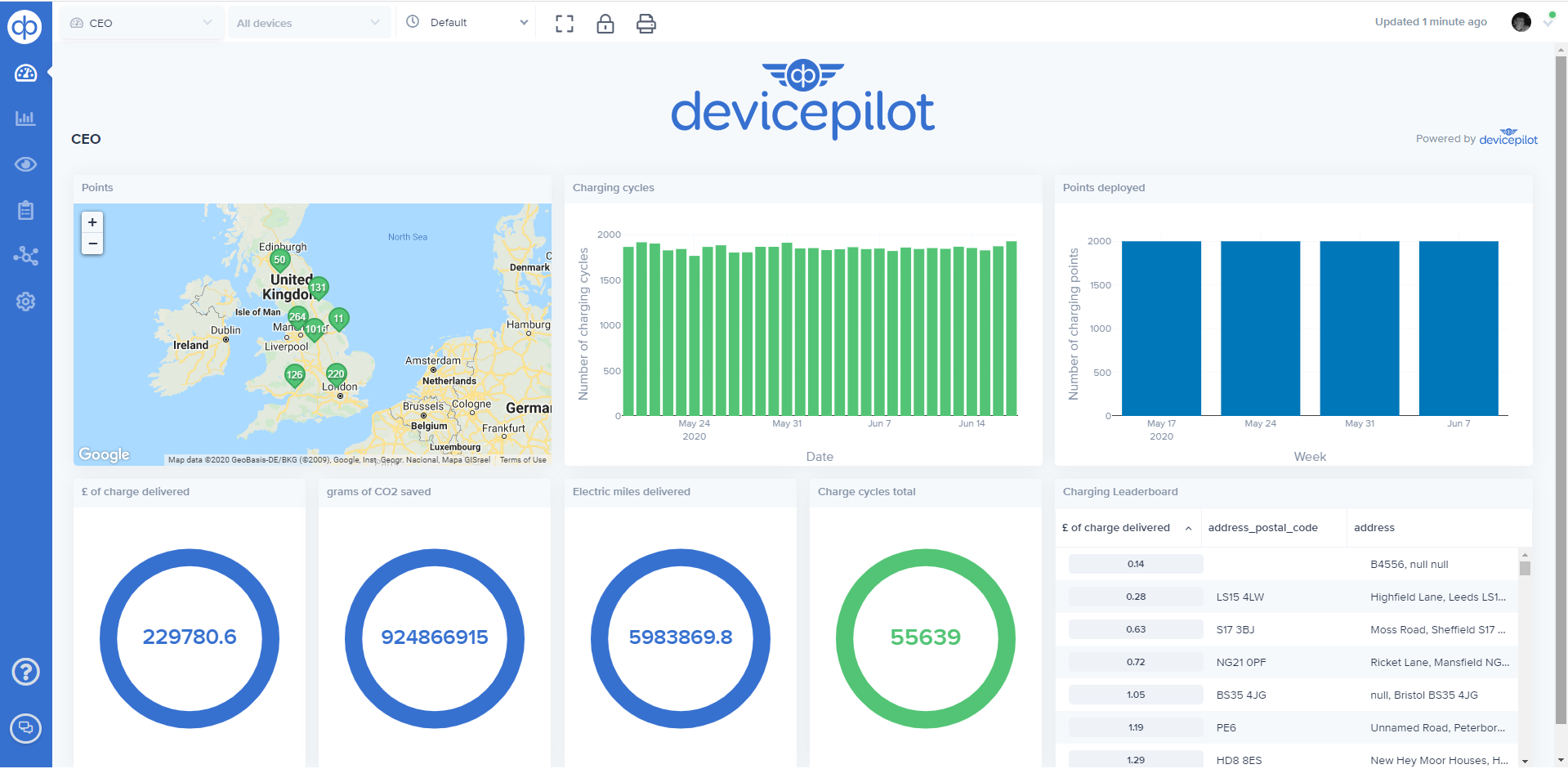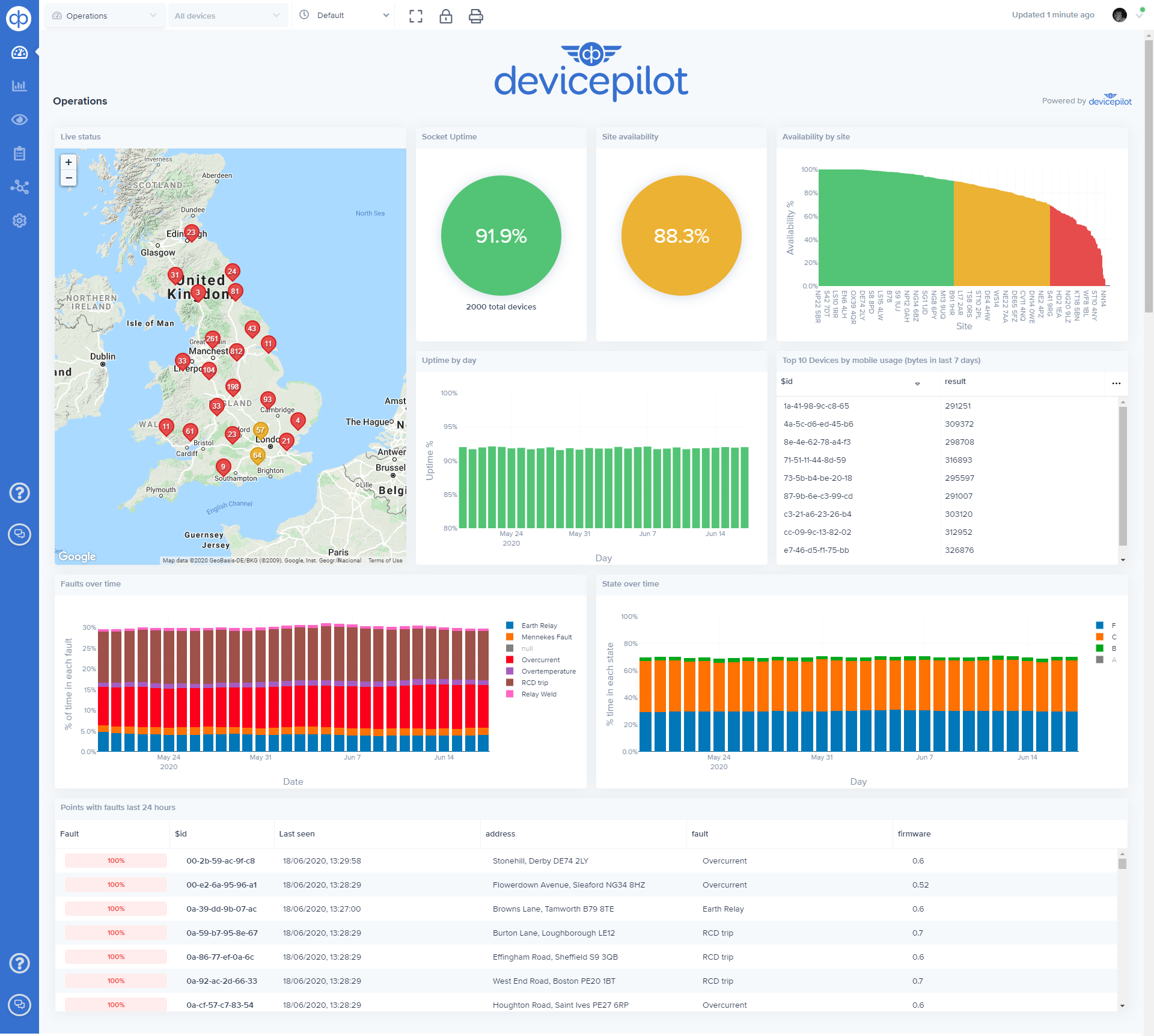Widespread adoption of EVs is being held back by a poor charging service

Pilgrim Beart of DevicePilot
If you ask anyone buying a new car what is holding them back from choosing an electric vehicle (EV), the chances are they will either cite concerns about range or a lack of charging infrastructure.
This isn’t an unfounded claim, says Pilgrim Beart, co-founder and CEO of DevicePilot. Many EV owners have been left unhappy as their cars are unable to complete long journeys. However, both issues are being solved, or at least improved, as charging providers deliver a more reliable service thanks to effective service monitoring.
The problem
While Tesla has just announced a model which will go 400 miles on a full charge, typical EVs today manage only 180 miles. This is fine for everyday use – driving to the supermarket or the school run – but for longer journeys it becomes an issue unless you have access to regular charging points.
The other factor is charging points themselves. Everyone has seen these out and about, but I regularly see charging points that are out of order. Availability is also another issue. If you are driving a long distance in a petrol or diesel car, you might have to wait for a few minutes at a service station to refuel, after which you can drive off instantly. EVs take a lot longer to charge and there might just be four points at a service station. This means that, if two are out of order and two are being used, your onward journey can be seriously delayed.

The aim should be for charging points to become so “boringly reliable” that we don’t even think about them, but like any new technology this can be easier said than done.
Each charging point is a connected device, which is constantly gathering data. At first, it was relatively easy for operators to keep track of what is happening on their points when they only had a handful of them. However, from experience, when you scale up to a thousand or more devices, this deluge of data can become overwhelming.
You start asking exactly what data you are capturing? Do you have too many or too few devices in a particular location? Are any of the devices faulty, and is this an isolated incident or part of a larger problem that is affecting an entire bank of charging points, or a fault that is trending upwards across the device estate? Ultimately, are customers getting the experience they deserve?
The truth is, often providers can’t answer these questions. They don’t know whether or not these issues exist, so they can’t even begin to address them, and EV owners are left unhappy. This has become a major problem for the industry and is really holding EV adoption back.
Smart devices, dumb maintenance
As a charging point provider, you have choices. You could dispatch engineers on a regular inspection schedule – but this is likely to leave faulty charging points unfixed for days. Or you can dispatch engineers only when faults are reported – but this is slow, and will they have the right parts to fix them? And by the time a customer complains it is too late to deliver a great customer service – you have already let them down.

Your other option is to deploy service monitoring tech to watch over your charging points. This not only gives you oversight of your entire estate of devices, but also allows you to create KPIs and rules that are crucial to delivering a good service. For example, if a customer – such as a supermarket – says they want to have at least one charging point free on each site 90% of the time (a KPI), you can use monitoring to analyse metrics such as usage and uptime, which informs how many charging points you need in a particular location. You can then create rules to ensure this level is sustained, for example alerting your engineering team when a charging point is beginning to develop faults. An engineer can turn up on site with the correct part and fix the charging point before the customer or the consumer even realises there is a problem. This means you can be proactive, not reactive.
QoE starts with service monitoring
Having a great product is no longer enough. EV charging point providers are really providing a service, not a hardware product, but many seem to have lost sight of this, and have pumped money into research & development (R&D) without really considering what kind of service they will be able to deliver long-term. With range and charger availability being consistent blockers to adoption, the EV industry must start to deliver a great charging experience to enable widespread adoption – this starts with service monitoring.
The author is Pilgrim Beart, co-founder and CEO of DevicePilot.
Comment on this article below or via Twitter @IoTGN
